If you need measure brix , baume or water on honey you need refractometer with the correct scale.In this article you will learn the pros and cons of how it is used and where to buy it
To begin with, the correct scale of the refractometer for measuring honey is as follows values:
- Brix 58-90% (s ) is the sugar content of an aqueous solution. One degree Brix is 1 gram of sucrose in 100 grams of solution and represents the strength of the solution as percentage by mass.
- Be ° (Baume) 38-43 (measure density of various liquids
- Water 12-27% (The water content must be less than 20 – 21% to prevent fermentation or honey degradation)
Review with Pros and Cons
Now I am describing my experience with honey refractometer, I tested about 34 pieces of this product and all worked OK. Read the pros and cons of this product:
- Good material and processing
- Three measured values (brix, Bé, water)
- You can focus on the eyepiece
- You can calibrate the refractometer
- If you order a refractometer in a plastic box, the box will hardly open
- The calibration solution would fit (there is not only a screwdriver in the package)
Refractometer for honey is suitable primary for honey ,but can you use testing the sugar content of Fruit juices, Soft drinks, Wine, Honey, Jam, Marmalade, Fruit and Vegetables, if you estimate the measured values in the range of the range indicated on the refractometer.
Manual how to use refractometer:
Here’s a detailed description of how to measure honey values,But first we will describe the parts of the refractometer.
Download original manual pdf:
ATC refractometer univerzal manual-converted
Measurement honey with a refractometer:
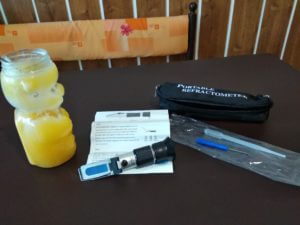
- Open “Light plate” and place honey on “Prism” after this close “Light plate and honey spreasds across entire surface of prism without boubles or emty places.
- In next step put refractometer in direction of light and look in eyepiece now you see white / blue circular field and see values Brix, Be and water , values are read at the place where the white and blue fields are encountered in line. The values are clearly visible if you can focus dial zoom in or out for a sharp image.
Calibration of the refractometer
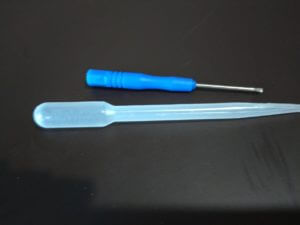
- Open light plate and place 2-3 drops of distilled water on main prism like the measurement of honey, the water must spreads across the prism.
- Hold light plate in the direction of light source a look eyepiece,now see clearly two field blue and white fields.
- White field mus be exacly on zero scale , if not can you make calibration with screw calibration knob. Make sur ambient room temperature is correct for the solution you are using 20°C.Whne working temperature of room or enviroment (not the sample) change more than 5°C, we recomment recalibrating to maintain accuracy.If the refractometer is equipped with Automatic Temperature Compensation (ATC) , the ambient working instrument is recalibrated. Once calibrated shifts ambient temperature within the acceptable range 10°C-30°C should not affect accuracy.
- Now test you honey again , apply the honey measurement procedure described above
- destiled water is not much good for calibration honey refractometer , better is calibration solution is used
Here other is “Usefull” info:
Water in honey must have under 21%.Some honey, for example, from the hip (Calluna) have tent about 23%.
Here is brix table with indicative values for other foods:
| Název | °Bx | Název | °Bx | |
|---|---|---|---|---|
| oil emulsions with water | 0 – 7 | apple juice, carbonated lemonade | 10 -22 | |
| beer wort | 0 -20 | berries | 14 | |
| tomato juice | 3 – 6 | milk drinks | 16 – 21 | |
| peach juice | 6 – 12 | Juniper – berries | 30 | |
| Orange juice | 6 -13 | fruit concentrates | 42 – 68 | |
| apricots | 8 – 11 | Condensed Milk | 52 – 68 | |
| cherries | 8 -18 | vegetable oil | 57 – 90 | |
| pears | 8 – 22 | sugar syrup | 58 – 80 | |
| plums | 9 – 14 | fruit jam | 60 – 70 | |
| cherries | 10 – 15 |
The refractometers have a Brix scale (° Bx), which determines how many grams of sugar are dissolved in 100 g of the sugar and water solution. This scale is fully convertible to a refractive index (definition defined by an international standard), so refractometers from this group can be used to measure arbitrary substances.
The Baumé scale is used mainly in French-speaking countries (in 1768 it was developed by French pharmacist Antoine Baumé) and in Spain. The measurement of sugar content is mainly used for the measurement of the sugar content of grapes and other fruit juices, for the measurement of specific gravity, for example in brewing.
The interesting thing about this scale is that two different formulas are used to calculate the specific gravity of liquids – one for liquids denser than water and the other for liquids thinner than water. The scale unit is presented in several ways – B °, Bé °, Be ° or Baume.
Good links for bee honey refractometers:
- http://www.dave-cushman.net/bee/refractometercalibration.html
- https://beekeepingforum.co.uk/archive/index.php/t-30229.html
- https://www.beesource.com/forums/archive/index.php/t-251491.html
Technical parameters:
- ATC range: -10~30 C (50~86 F)
- Dimension: 142x40x40mm
- Weight: 88g
- Brix: 58~90%
- Be’: 38~43
- Water: 12~27%
- Brix: 1%
- Be’: 0.5
- Water: 1%
- Brix: 1%
- Be’: 0.5
- Water: 1%
Package contains:
- 1 x Refractometer
- 1 x Plastic pipette
- 1 x Mini Screw Driver
- 1 x Cleaning Cloth
- 1 x Plastic Box
- 1 x Manual
Features :
- Easy to use, sturdy design, compact in size and light in weight, convenient to keep up and carry arround.
- We provide Manual in English, French, German, Spanish, Italian, Japanese, Russian.
- One Cloth bag for the convenient of customer is provided.
- With Built-in ATC (Automatic Temperature Compensation) from 10~30 degree Celsius.
- Cushioned with soft & comfortable non-slip rubber
- Soft Rubber eyepiece for comfortable viewing
- Equipped with scale measurement which provides direct reading
- Accurate testing results guaranteed
- Durable and bulit to last long
- Adjustable manual focusing
- Use ambient light only which means battery or power source is not required
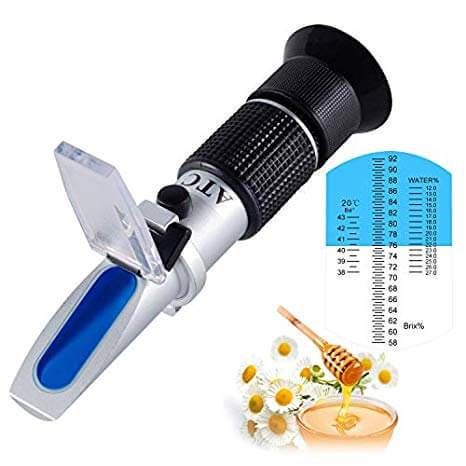

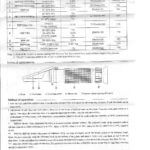
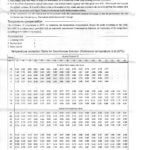

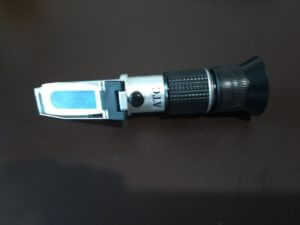
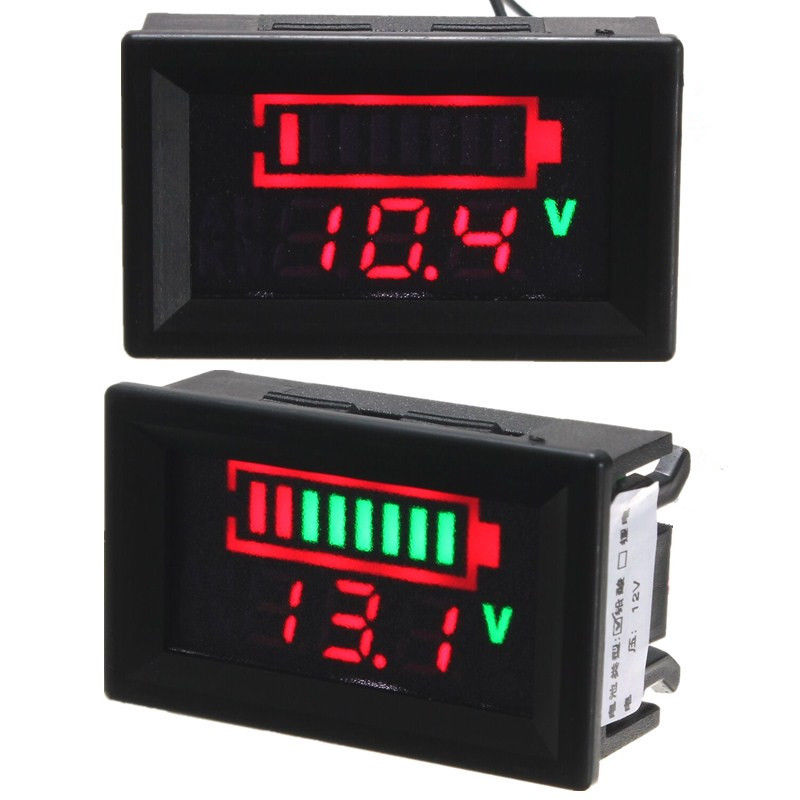
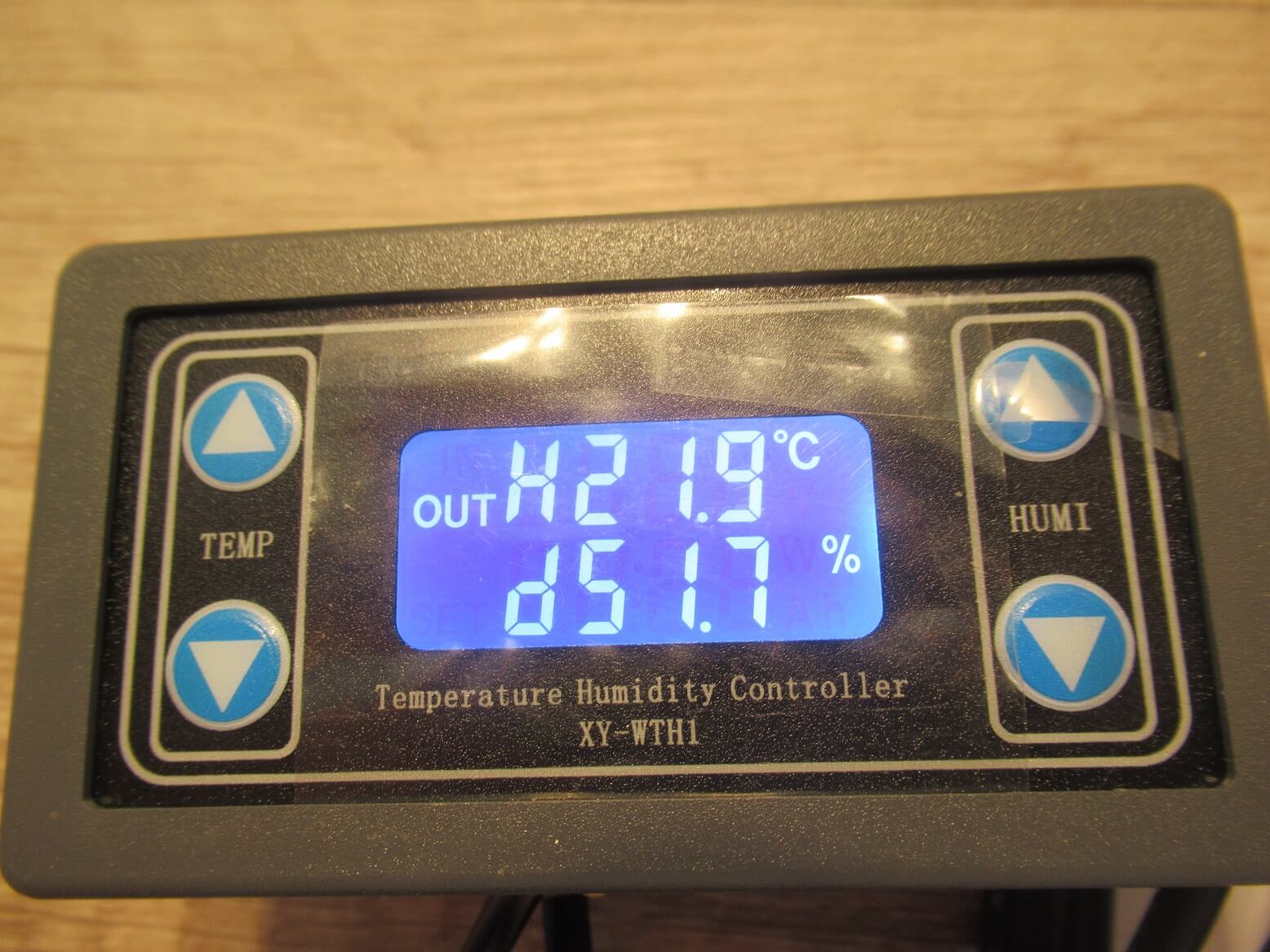
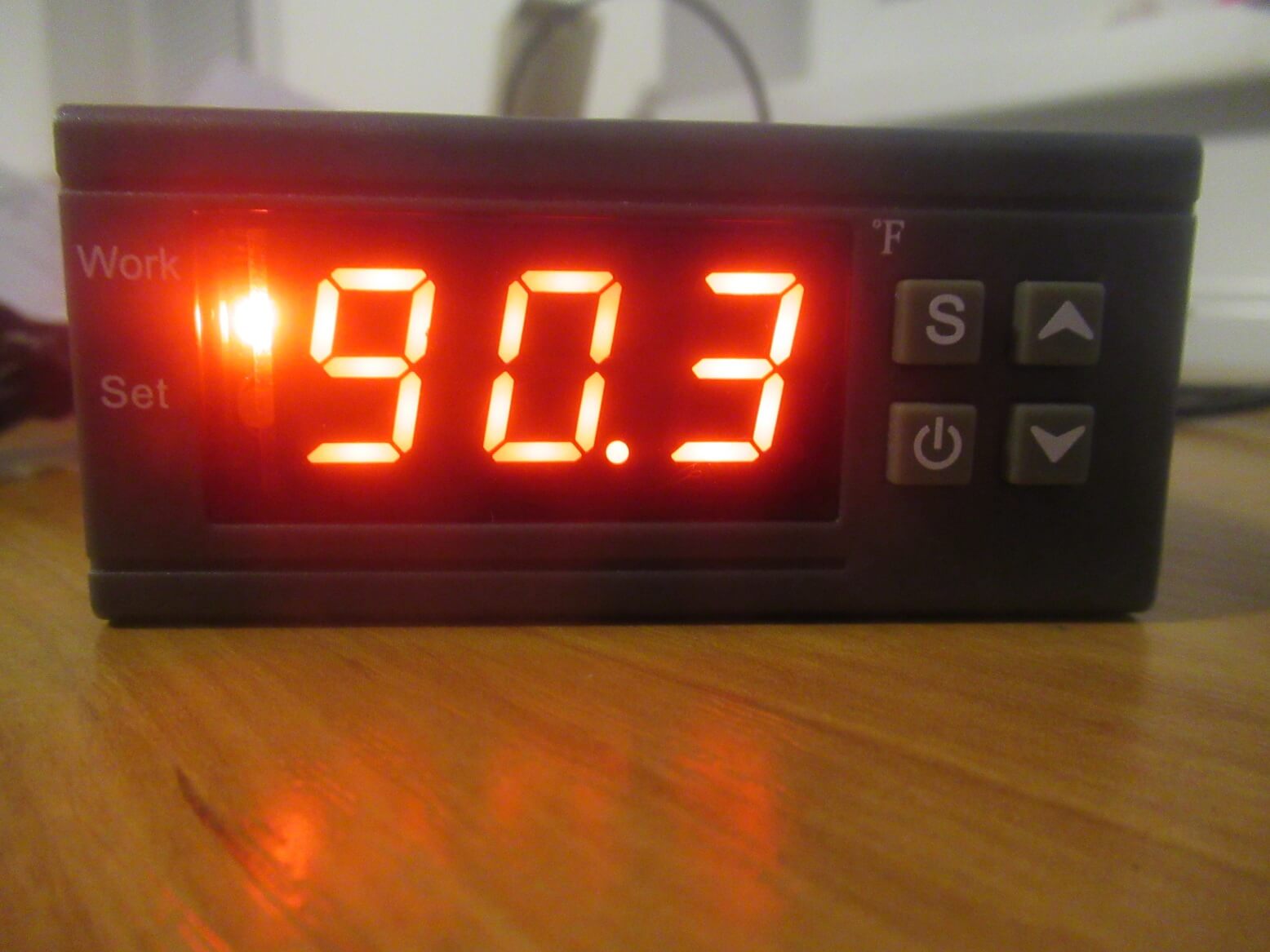
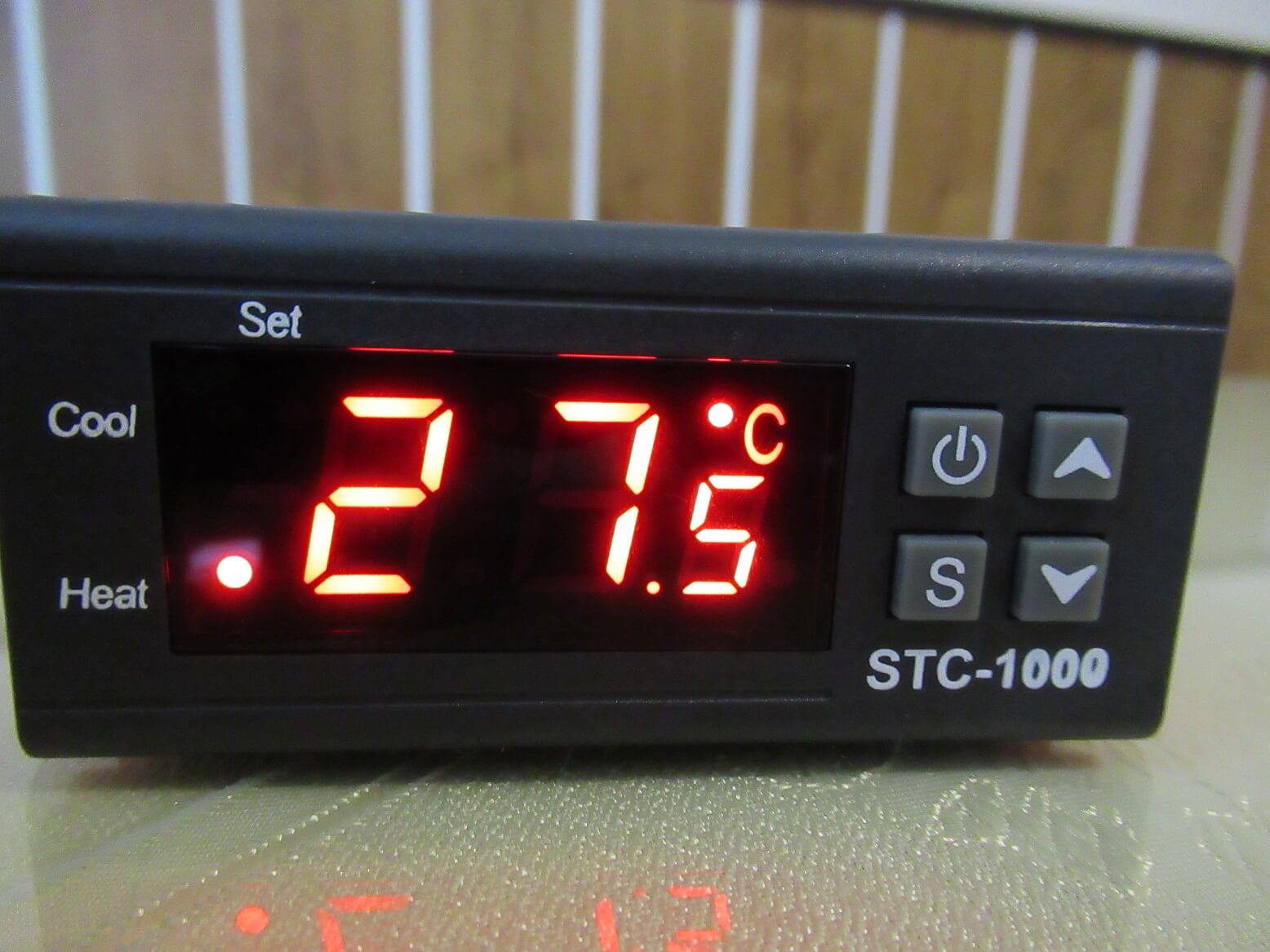
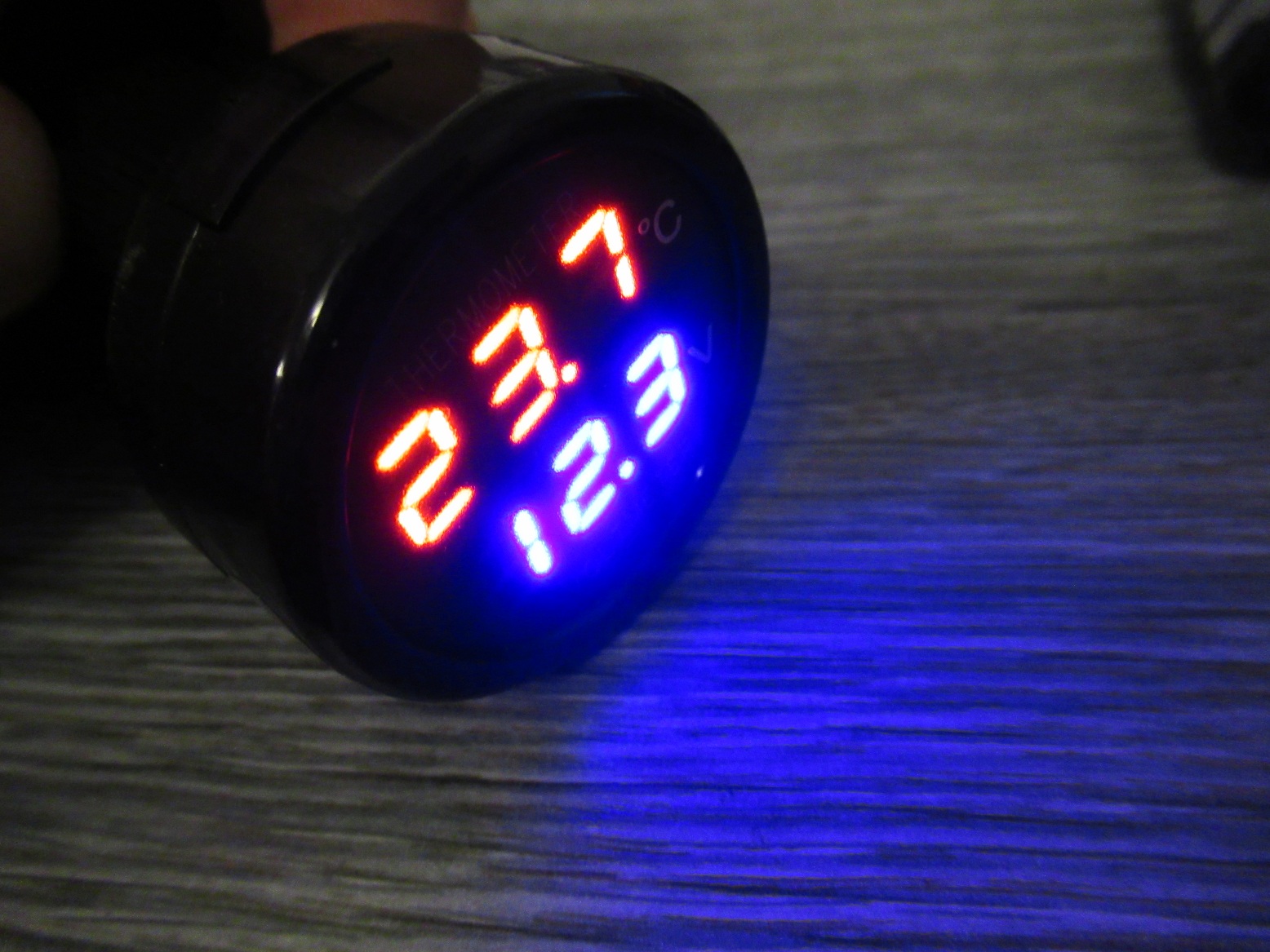
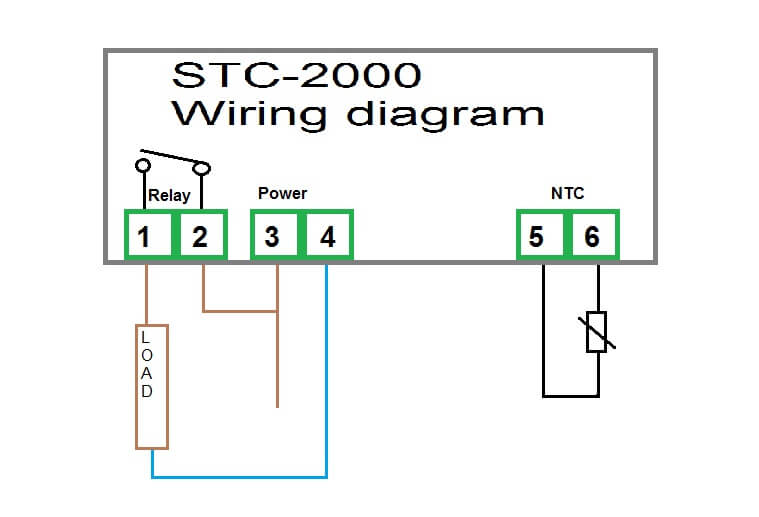
My wife bought an ATC refract meter for me for Christmas two years ago. I was just starting bee keeping and didn’t have honey to test until now.
The directions were written by someone not fluent in English.
My meter does not have the same scale as that shown in the instructions.
As with most things made in China it looks like it should work but does not.
I will be asking for a refund. Shame on Pigeon Mt for selling this product.
I have been looking at my refractometer, bought on EBay, it does not show the blue line at all, it has a measure clearly displayed, 0-30 brix % and the other scale is wort. however I cannot use this at all as it doesn’t have a blue line, what do you think is wrong with it?
if i tested honey refractometer shows blue white line on all scales etc water or baume.